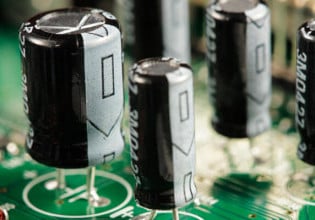Panasonic Starts BPL Communication Technology Verification Service Based on US Smart Grid Standard
Panasonic System Networks Co., Ltd. (PSN), a Panasonic group company, today announced that its HD-PLC, a broadband-over-powerline communication (BPL) technology, has been approved by the NIST SGIP Catalog of Standards of the United States. The company also announced that it has opened its verification test environment for coexistence to the public.
There are several types of standards based on BPL technologies; however, the instability of communications due to the interference among the different BPL technologies was a serious concern. NIST recognized this as a major issue in the development of the smart grid and dedicated itself to resolving the issue. As the result of its efforts, NIST recently established the "NIST SGIP Catalog of Standards".
These guidelines for BPL include the following three specifications which PSN took the lead in promoting their standardization; IEEE 1901(4), the global standard for BPL, ITU-T G.9972(5), the global standard for BPL coexistence function, and NIST IR 7862, the guideline of coexistence implementation which requires that the coexistence function be "always-on".
In order to verify the developed PLC products meet NIST SGIP requirements, Panasonic has made its BPL coexistence verification test environment open to the public, and has started the BPL coexistence testing service. BPL verification test services offered by PSN for NIST SGIP Guideline include: documentation and summary of Coexistence Test and Procedure; rental of test tools for verification tests; and complete testing and reporting of verification tests (note; this verification test is not an official certification test for NIST SGIP).
In order to accelerate the widespread penetration of BPL into the global market, PSN has developed HD-PLC, and also licensed the technologies. With its BPL technology, PSN will continue to contribute to the realization of the smart grid which can manage power demand and visualize energy usage.






